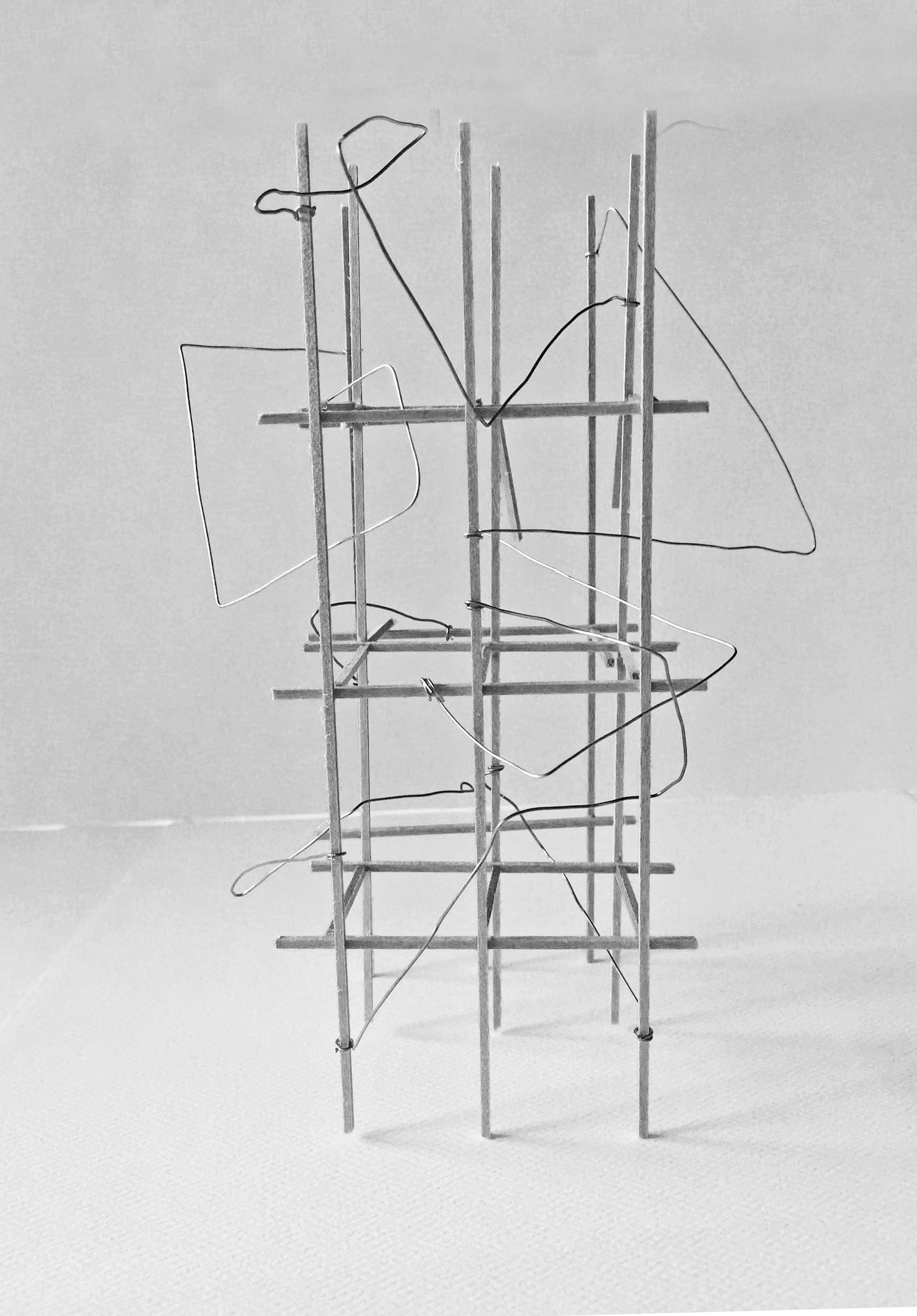Migrant workers have largely satisfied the labor demands of agricultural production in California. The seasonal influx of migrant workers has introduced new groups of people to existing communities, creating an emerging need for infrastructure that considers and validates their presence within not only the region in which they occupy, but also beyond.
This thesis investigates architecture’s role in identity formation and perception within a community and how it could facilitate a unification of different groups within a city while still allowing individual communities to maintain their distinct identities. Addressing this situation is an opportunity to understand architecture’s role in providing people with a parallel between the material and mental construction of place.
An exploration of transportable or mobile environments as a means of developing a unique architectural language among the migrant community to create experiences that can be shared and exchanged with everyone. By questioning the immutable nature that is usually ascribed to place, home, and identity, architecture can show that active participation and engagement in creation of space can begin to create a new sense of identity within the place, one that is inclusive and has made room for those on the margins.
The slideshow below is a series of process drawings that influenced the final thesis proposal. They are primarily artifacts that explore initial conceptual ideas through constructed drawings and models.










